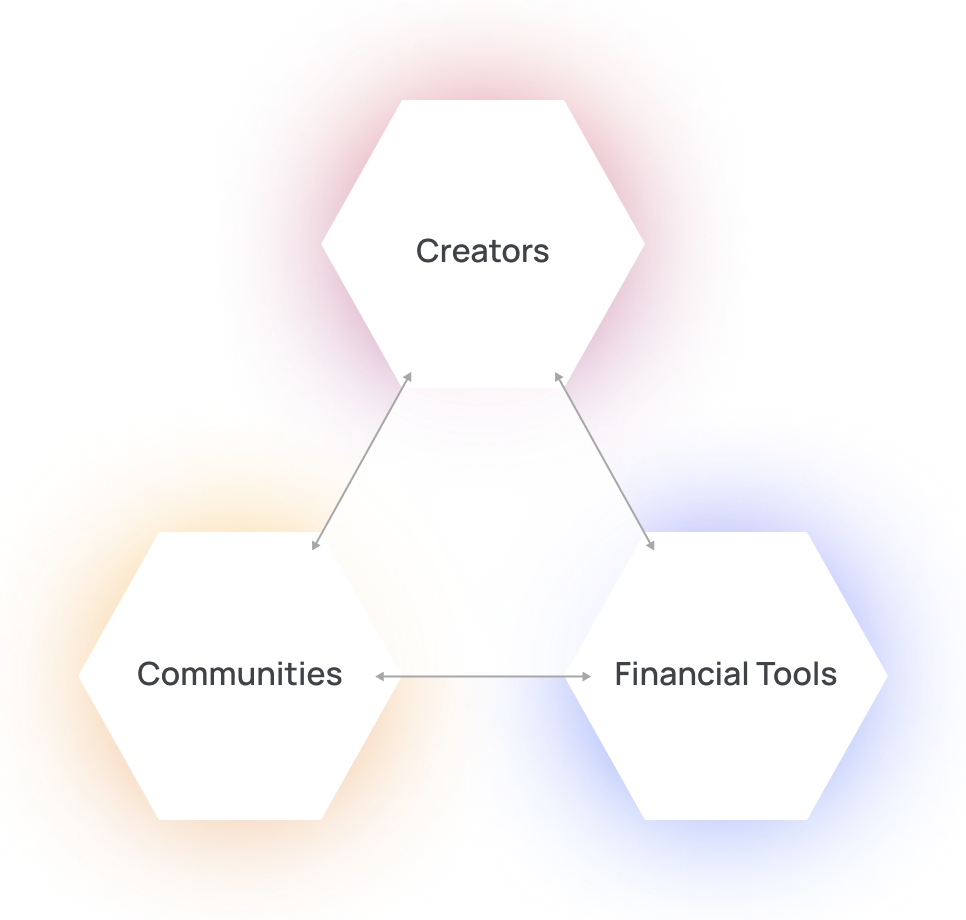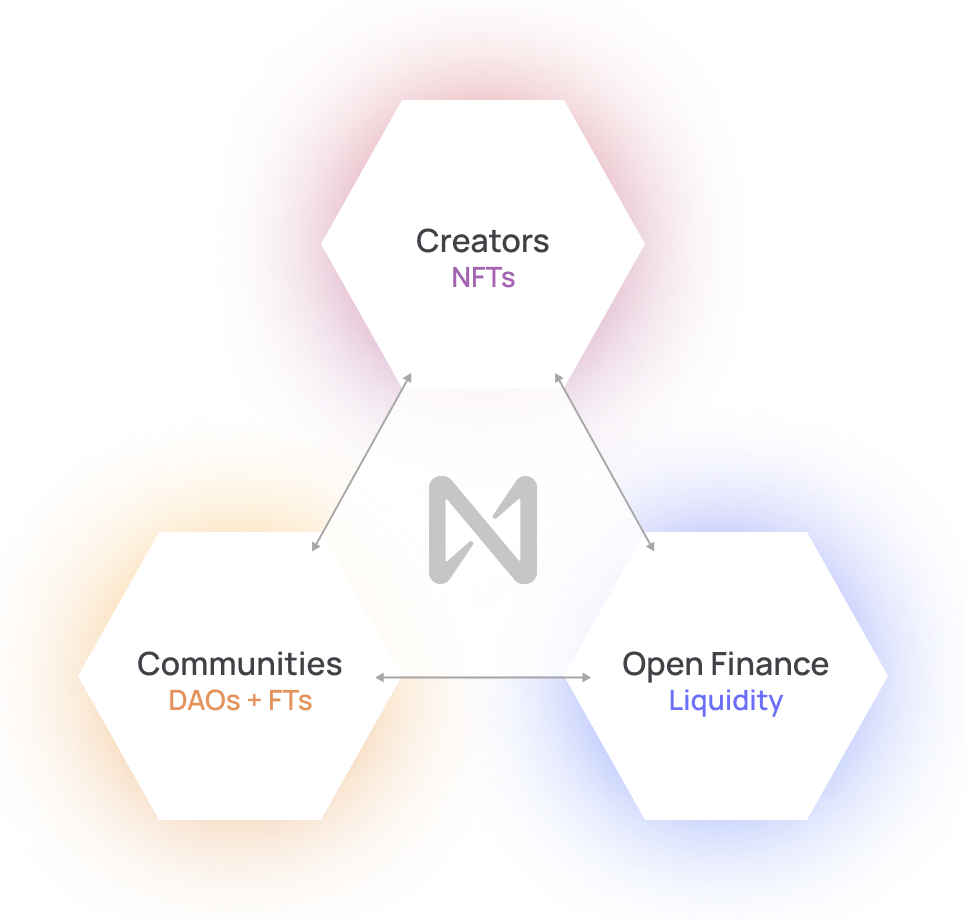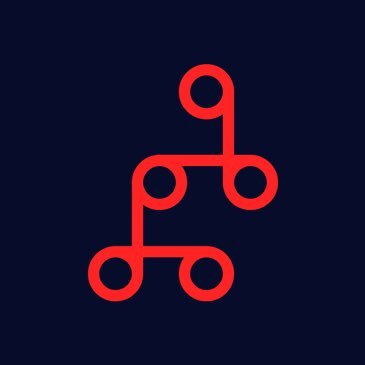Creative industries have always led innovation because they’re fundamentally exploratory and hungry for ways to help create sustainably.
Hip Hop, for example, pushed the envelope in almost every possible way during its ascent from the streets to becoming the dominant form of music in the world. DJ Kool Herc, its commonly acknowledged progenitor, birthed a new art form when he extended dance-friendly breaks by combining multiple records across turntables in the ‘70s and others in the industry have driven innovation ever since.
Just like that first technological experimentation to make better dance parties in the Bronx started a revolution in music production, today we’re seeing the emergence of a new set of tools with the same power to enable artists to engage their fans and change the world.
In this post, I’ll walk through some of the problems that creators and communities face today and how a new blockchain-enabled toolkit will make them more aligned, engaged and sustainable.
The Creator Economy
The advent of the Internet in the late ’90s ushered in an era where people around the world could both create and consume much more easily than ever before. You can do more with a Macbook today than a whole studio could 20 years ago.
It also became substantially easier to find communities of common interest regardless of geography, and a larger portion of all our lives migrated into the digital realm. New hardware and software tools made it much easier to produce content — whether multi-platinum albums or simply micro-niche blog posts — while the web’s scale made it much easier to distribute this content.
Unfortunately, the boom in creation and the massive expansion of platforms to support large fanbases wasn’t matched by a similar boom in the sustainability of creators. In fact, while the increased size of audiences allowed top creators to reach a grander scale, the infinite replication of content and the power of distributors as middlemen made it more difficult for most other creators to benefit from their intellectual property (“IP”).
The relationship between creators and their communities drives the so-called Creator Economy, which is a dynamic between 3 factors:
- Creators who produce something of value
- Communities who support these creators
- Financial tools and platforms to help make creators and their communities sustainable
The line between creators and communities can be blurry, for example when users generate content, but ultimately someone has to pay for something in order to create a sustainable economy.

Today, this economy is generally a one-way path where the creator produces something (eg an album), gets fans to consume it (typically losing most of the proceeds to the middlemen who control their relationship with fans) and tries to earn real income from secondary revenue streams like concerts or merchandise or sponsorships. This system is rife with problems and it’s only sustainable for creators with enormous or highly engaged fan bases, particularly if they’ve given away their IP rights along the way. This leaves the so-called “long tail” of smaller creators underserved and makes things tough even for the larger ones due to all the middlemen who have their hands in the pie.
What’s changing today?
So how do we make the creator economy more sustainable for everyone?
It requires improving the underlying technology of the web to unlock new tools for both creators and their communities to build stronger, more sustainable bonds. Specifically, it means merging the technological revolution which started with Bitcoin in 2008 with today’s Internet to create new tools like NFTs, DAOs, Fungible Tokens and Open Finance (“defi”).
Here’s how it all fits together.
If you go back to the Creator Economy Triangle from before, each corner has needs that weren’t met before:
- Creators haven’t been able to sustainably benefit from their IP because of the commodification of content in the digital world which devalues their creativity and which leaves them at the mercy of their distribution partners and the platforms holding their fanbases.
- Communities haven’t been able to effectively self-organize outside of existing social platforms, make themselves sustainable or align their interests with those of the creators they support.
- Financial tooling has limited the economy itself to one-time or recurring payments for goods or services because the tooling has been anchored in a world of bank accounts and Paypal-like providers. Royalty schemes and payments are also notoriously arcane, inconsistent and exploitative to creators.
In 2021, blockchain technology has finally arrived at the point where it can solve all three of these issues and unblock the Creator Economy.
This is because each of the key aspects of the Creator Economy is served by a specific set of tools which weren’t possible to combine like this before a platform like NEAR was available. This gives us a new Creator Economy Triangle, which shows how these tools — NFTs, DAOs, Fungible Tokens and Open Finance (“defi”) — interact:

At a high level, it breaks down like this:
NFTs
NFTs (Non-fungible Tokens) are basically digital containers that can hold IP but which liberated it to be owned and traded so creators have a world of new ways to produce, distribute, remix and monetize content.
DAOs
DAOs (Decentralized Autonomous Orgs) are basically like shared bank accounts for communities that are entirely digital so it’s really easy for communities to act almost like official co-ops or companies and build sustainable models for themselves. They can issue fungible tokens which are basically membership cards with a lot more potential superpowers to drive more engagement.
Open Finance
Open Finance (aka DeFi – Decentralized Finance) is an entire toolkit that allows creators, communities, NFTs, DAOs, fungible tokens, and all the other pieces of the digital economy to plug into each other in ways that no one has ever done before, allowing entirely new ways of earning income for creators or benefitting from the upside of membership for community members.

